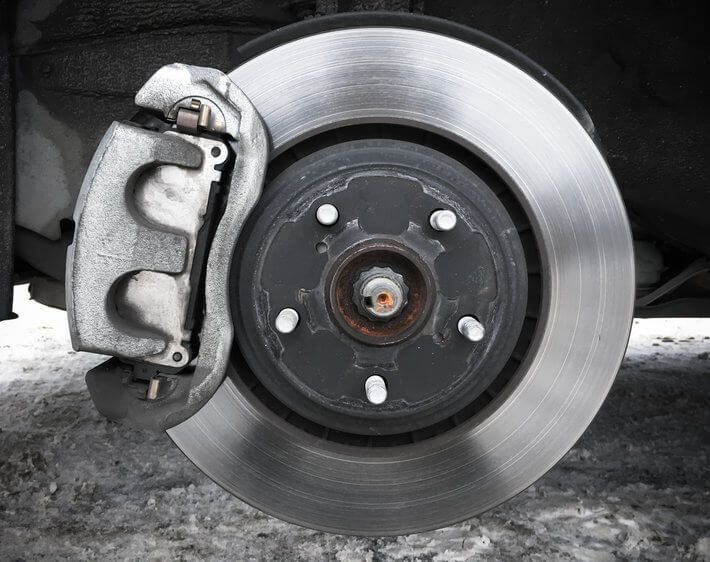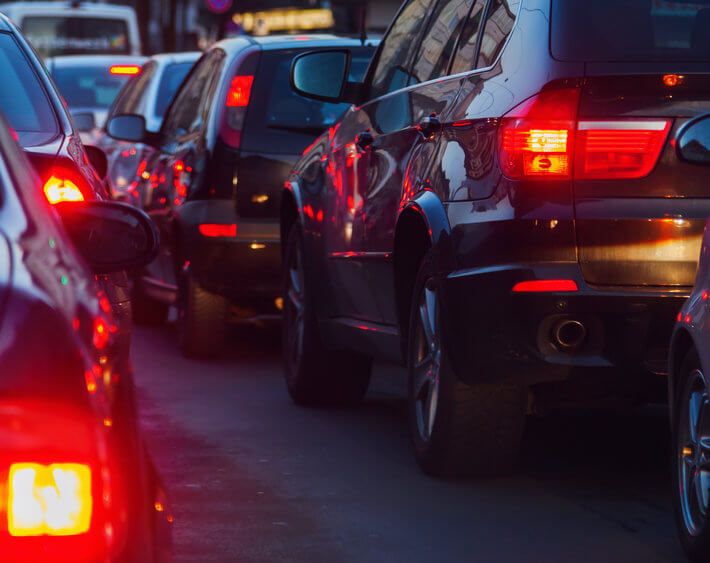Brake failure. It’s every driver’s worst nightmare. No matter how hard you press down on your brake pedal, nothing happens.
While cars are designed to avoid this nightmare, in rare circumstances, you could find yourself living it. There have already been over 200,000 brake-related recalls from various car manufacturers in 2018 alone, reports the National Highway Traffic Safety Administration.
Don’t sit back and hope it doesn’t happen to you! Know what to do if your brakes fail, with the following advice from the National Safety Council.
10 Quick Steps for Handling Brake Failure
1. Don't panic.
Step one is easier said than done, we know. Whether you’re racing down the highway at 70 MPH or rolling through a parking lot at 5 MPH, panic is a natural first reaction. Do your best to remain calm and collected. You can do this.
2. Don't turn your car off.
Turning your car off will not slow it down. Instead, you’ll lose control of your vehicle and your ability to steer. The following steps will be almost impossible to complete if your car is off.
3. Assess the situation.
Where are you? Where are other drivers? How fast are you going? How much space is between you and the car in front of you? Can you steer clear of oncoming traffic?
Keep these questions in mind, and answer them as quickly as you can. They’ll help you take the best course of action to protect yourself and those around you.
4. Warn other drivers.
Flip on your hazard lights and honk to warn other drivers that something is wrong. You could help avoid an accident.
5. Steer away from traffic.
If possible, steer toward the far right lane or shoulder of the road. Watch your mirrors and the traffic around you. When changing lanes, do so carefully.
6. Downshift to a lower gear.
Take your foot off the gas pedal. Let your car’s engine slow itself by shifting from DRIVE to the next lowest gear, usually third or second gear for automatic transmissions.
If you drive a manual, you’re already familiar with downshifting. Engage the clutch and shift slowly into a lower gear.
Warning: Downshift gradually. The correct gear depends on your current speed. If your engine’s RPM flies into the red zone, you probably downshifted too quickly. Shift up to better match your speed.
7. Engage the emergency (or parking) brake.
There’s a reason it’s called an emergency brake. Shift to neutral and slowly engage your emergency brake. The car may skid, so be careful!
8. Use your surroundings to help stop the car.
If your emergency brake also fails, use your surroundings to slow the vehicle to a complete stop. This may include rubbing the wheels against a curb, driving on a soft shoulder, or even grinding against cement dividers.
9. Seek help.
Once you’re out of traffic and the car has come to a complete stop, raise your hood and do whatever you can to make yourself more visible to other drivers. Tying something white to the lefthand door of your vehicle is a great way to do this. Police officers and tow truck operators will understand you need assistance. Call a tow truck or your roadside assistance number.
10. Don't drive without brakes!
This may sound like a no-brainer, but don’t be tempted to drive your vehicle at any speed without brakes. You’ll endanger yourself and those around you.
Brake failure is your worst nightmare. It’s ours, too. An annual brake check is the best way to prevent brake failure. Come into your local Tires Plus for a free brake check and talk to a technician about brake services and repair. When brake failure puts you on the sidelines, we’ll fix your brakes to get you back in the driver’s seat.



